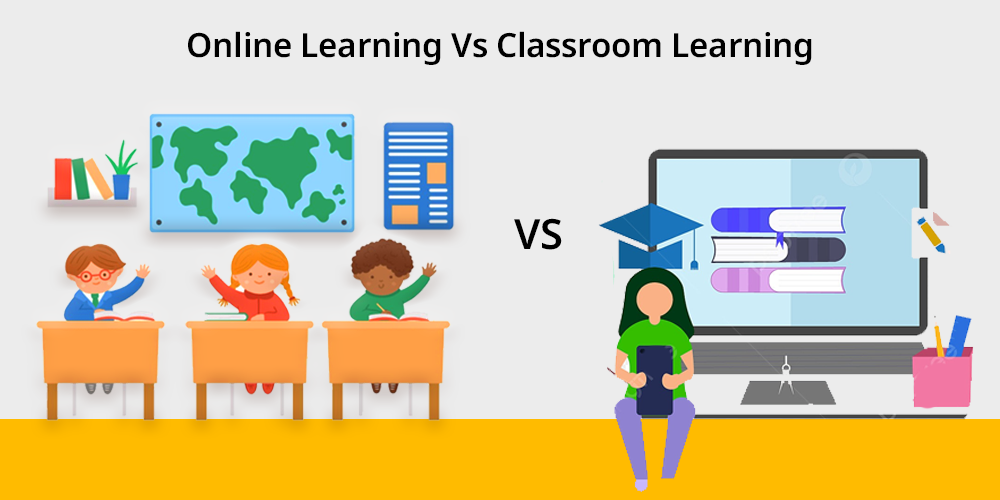Introduction
Education is evolving rapidly. With technological advancements, students now have more choices than ever before. Traditional classrooms and online learning platforms each offer unique benefits. Understanding these can help learners make informed decisions.
Traditional Schools: The Classic Approach
Traditional education involves face-to-face interactions in a physical classroom. This method provides structure, immediate feedback, and social engagement. Students benefit from direct access to teachers and peers, fostering a sense of community.
Online Learning: Flexibility and Accessibility
Online education offers flexibility, allowing students to learn at their own pace and schedule. It’s especially beneficial for those balancing work, family, or other commitments. Additionally, online courses often cost less than traditional programs, making education more accessible.
Blended Learning: Combining the Best of Both Worlds
Blended learning integrates traditional classroom experiences with online components. This approach offers the structure of in-person education with the flexibility of online learning. Students can benefit from direct interaction while also accessing digital resources.
Conclusion
Both traditional and online learning have their merits. The choice depends on individual needs, learning styles, and circumstances. As education continues to evolve, embracing a combination of methods may provide the most comprehensive learning experience.
